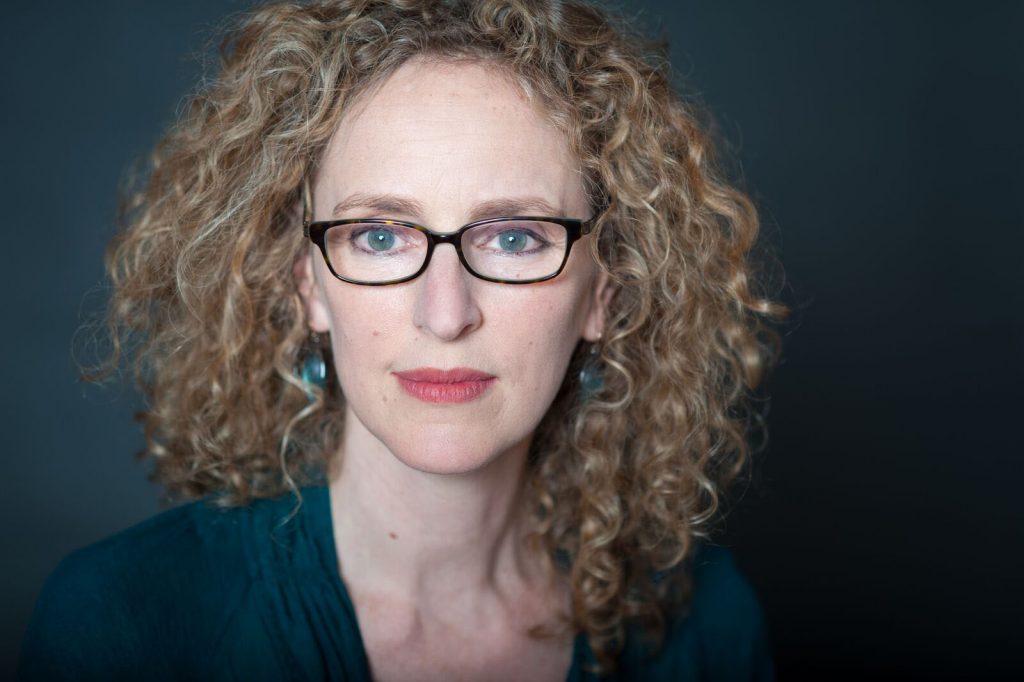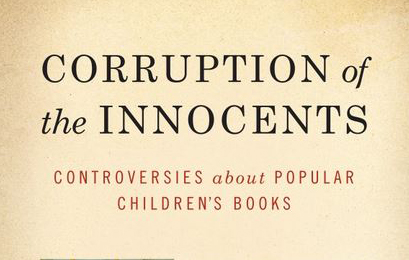
It all started with an idea.
Then came digging through survey data, analyzing results and conducting dozens of interviews. For some it took weeks, for others it took years to finish the work.
But on April 15, the research journey came at least one step closer to the end for more than 200 University of North Carolina at Chapel Hill undergraduates who put the final product of their research on full display at the 16th annual Celebration of Undergraduate Research at the Frank Porter Graham Student Union.
“As a faculty member, it’s great when I get to make my own discoveries, but there’s nothing like getting to watch students make discoveries,” said Chancellor Carol L. Folt.

The symposium featured two hour-long poster sessions during which students exhibited their findings, while other students conducted 10-minute discussions during panel sessions moderated by faculty members.
“The goal is to showcase undergraduate student research,” said Donna Bickford, associate director of the Office for Undergraduate Research. “For many students it’s a transformative part of their Carolina education. It’s a way to highlight the incredible work that they’ve done.”
It also was well-attended by classmates, faculty and family members — including John and Linda Benner who drove 14 hours from Chicago to see their daughter Kendra present her research on innovations in journalism education.
“Kendra spent the entire school year on this, and we just felt like it was an important thing to share with her,” Linda Benner said.
Topics presented at the symposium ranged from middle school absenteeism and air pollution in Malawi to cardiovascular risk in rural North Carolina and stressors of interracial relationships.
Many students, including Emma Rich, selected their topic based on a gap in current studies. To better understand possible stressors interracial relationships face compared to intraracial relationships, Rich conducted a survey of 100 area couples to determine their stress levels and where the stress comes from — a topic, she said, that is understudied.

“I wanted to contribute to the field of research,” she said.
In addition to showing off their work, the symposium provided an opportunity for professional development, Bickford said, as students learned to present their work to allow others outside their field to understand.
“I had to find ways to make it interesting to all sorts of people,” said Sam Brotkin, who presented his research on future self-continuity and health behavior. “I tried to think of ways I would speak about it with people who may not know very much about psychology.”
Throughout the symposium, judges evaluated each poster; the top eight posters were honored at the end of the event during an awards ceremony, which was attended by Folt.
While the symposium was the end of the research journey for many of the students, the presentation was just another step in the process for others like Teresa Martz — who studied the progression of diabetic retinopathy.
“Right now, there is still more work to do with this,” she said. “…I’m not done with this.”

In other research:
- Through a 2013 Summer Undergraduate Research Fellowship (SURF), Rachel Atkinson examined the impact of globalization on the North Carolina pecan industry. “Because of the small size of N.C. orchards, they are not selling directly to China, but they are benefiting from global increases in pecan prices industrywide,” she said. Through a 2014 Burch Fellowship, Atkinson also worked with a small beverage company in Brooklyn, N.Y., and these two summer experiences have led her to launch her own business — which will be focused on the production of pecan milk.
- Tsion Ghedamu is a public policy and economics major who was born in Ethiopia but grew up in Tucker, Ga. A 2014 SURF fellowship took her back to the country of her birth where she studied family planning issues in Ethiopia. “This was my first real dip into research, and it was interesting to see how the whole process worked. I had to write a proposal and find funding,” said Ghedamu. “Now I really want to go into reproductive health and get a master’s in maternal and child health.”
- Karen Sieber’s research project, “Writing on the Wall,” examined the cultural, historical and political significance of graffiti in Istanbul, Turkey, particularly after the 2013 protests around the proposed destruction of green space in Gezi Park. Sieber said that while graffiti has long been associated with hasty scrawls by gangs or drawings on bathroom walls, it’s now being looked at as an important form of artistic protest in politically unstable areas. “Especially in war-torn regions, it provides a creative outlet for people to express their dissatisfaction with government,” Sieber said.
- Dalia Kaakour, a public policy major with minors in chemistry and Arabic, researched the end-of-life decision plans by physicians and the elderly, while examining the Patient Self-Determination Act of 1990, which allows patients to choose their own end-of-life decisions. Kaakour plans to go into medicine, and believes that there is a gap between policy and healthcare, and that end-of-life policies tend to look at quantitative studies, rather than comparing the quality of life-prolonging treatments.
- EmmaLee Kantner’s research examined the socio-emotional wellness in English language-learning students in relation to their academic success through a short documentary film.Through the medium of film, Kantner presented the life of a fourth-grade ELL student, who initially struggled academically and socially as he became fully immersed in a traditional classroom.
Story by Brandon Bieltz, Carly Swain, Kim Spurr and Kristen Chavez. Photos by Dan Sears.




